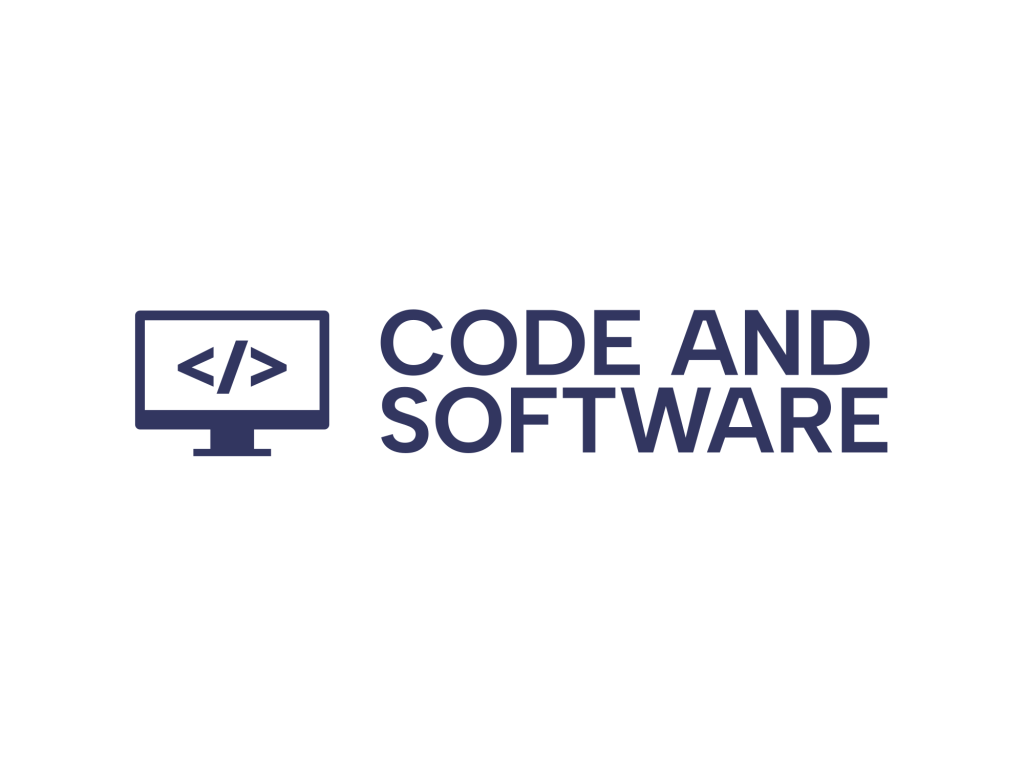In recent years, large language models (LLMs) have rapidly evolved in capabilities, ranging from drafting emails and reports to generating code, answering questions, and engaging in creative storytelling. However, with multiple LLMs available from various providers, choosing the right one for a specific task can be a daunting challenge. This is where LLM routing comes into play—a system that intelligently selects the most suitable model for each task while also considering constraints like performance requirements, latency, and budget.
With the surge in AI-driven applications, businesses and developers alike are focusing on optimizing cost and output quality. Given the varied pricing structures, strengths, and weaknesses of LLMs, it’s neither cost-effective nor efficient to use the most powerful model for every interaction. Instead, a dynamic model selection approach that’s responsive to the task and budget creates opportunities for scalable and sustainable deployment.
What Is LLM Routing?
LLM routing refers to the use of decision systems—either rule-based or learned—that route specific input queries to the most appropriate language model. The routing logic often weighs input length, query complexity, latency sensitivity, and cost efficiency to determine which backend language model should process the request.
This idea is inspired by a common pattern in software engineering: using specialized tools for specific tasks rather than a one-size-fits-all solution. For instance, a robust but expensive LLM might handle tasks involving reasoning over large texts or creative generation, while a lighter, more affordable model could be used for simple classification or keyword extraction.

Balancing Task and Budget via Model Selection
Different LLMs bring different strengths. Generative models like GPT-4 or Anthropic Claude excel in nuanced language tasks, while smaller models like GPT-3.5 or text-embedding models may perform better in structured or analytical tasks. Here’s how LLM routing strikes a balance:
- Task Complexity: Tasks that require nuanced reasoning, deep contextual awareness, or high creativity can be routed to larger, more capable (but more expensive) models.
- Budget Constraints: Low-latency, low-cost tasks can be handled by smaller models. Organizations set a budget threshold and instruct the routing system to obey it across hundreds or thousands of interactions.
- Model Specialization: Some models are trained or fine-tuned for specific domains like legal, biomedical, or financial text. Routing may take domain into account to send medical queries to a healthcare-optimized model.
The technique ensures that each request is matched with a model that balances accuracy and cost, thus enhancing overall operational efficiency.
System Architecture of an LLM Router
A well-designed LLM routing system typically consists of the following components:
- Task Classifier: Analyzes the prompt to determine the nature and complexity of the request. Can be rule-based or another ML model.
- Model Selector: Chooses the optimal LLM based on task analysis, latency needs, budget, or other constraints.
- Execution Layer: Sends the query to the chosen model, fetches the response, and returns it to the user.
- Monitoring and Feedback: Tracks cost, accuracy, and user satisfaction to continuously refine routing decisions.
This architecture allows for modular upgrading of components as models improve or system requirements change. It also opens the door for A/B testing different routings to determine optimal configurations in real-world use.
LLM Routing Use Cases
Businesses and developers are applying model routing in dynamic and innovative ways:
- Customer Support: Simple FAQ-type inquiries are routed to smaller models, while complex, emotionally sensitive cases go to high-end LLMs to ensure quality and empathy.
- Code Generation Platforms: Quick function completions might be handled by faster models, but interpreting and writing multi-file systems could be routed to more advanced models for deeper comprehension.
- Legal Document Analysis: Entity recognition or date-parsing tasks are run on lightweight LLMs, while understanding legal language nuances is sent through domain-trained heavyweight models.

Routing Strategies: Static vs. Dynamic
Routing decisions can be made statically or dynamically:
- Static Routing: Based on fixed rules (e.g., input length > 1,000 tokens goes to GPT-4). Simple to implement but can be rigid.
- Dynamic Routing: Learns from previous data and may use models to decide which model to use. These systems can consider a richer set of signals such as expected user value, real-time pricing, API availability, or ongoing user session data.
Increasingly, hybrid approaches are being used—a base set of rules augmented by ongoing learning and evaluation processes.
Cost Control and Optimization
One of the primary benefits of LLM routing, especially for enterprises, is maintaining cost predictability. Since larger LLMs are significantly more expensive per token, routing prevents unnecessary financial overhead.
For example, a SaaS company using LLMs in customer-facing tools can reduce its AI expenditure by 30–50% using task-based routing, as basic requests are handled affordably without degrading user experience.
Challenges in LLM Routing
While promising, routing comes with operational and technical hurdles:
- Latency Bottlenecks: Routing adds an extra layer of processing, sometimes delaying responses.
- Routing Errors: Misclassification can lead to poor experiences, with the wrong model offering an incorrect or sub-optimal answer.
- Security and Privacy: Some models may require sending data to third-party APIs with different levels of security assurance.
Ensuring robust fallback mechanisms and prioritizing user feedback are essential in minimizing the effects of routing errors.
When to Use LLM Routing
LLM routing is worth consideration in the following scenarios:
- When an application serves a wide variety of user queries with differing complexities.
- When AI costs become a significant portion of business expenses.
- When using LLMs at scale across many sessions, apps, or users.
- When reliability, transparency, and domain-specific understanding are required.
The Future of Model Routing
As more open-weight and fine-tuned models emerge, routing will become increasingly intelligent and multidimensional. Integration with reinforcement learning, data privacy protocols, domain personalization, and even user preferences will allow routing systems to act like orchestration layers, not just decision gates.
Ultimately, the goal is not simply reducing costs or improving performance—but crafting adaptive AI systems that can balance efficiency, effectiveness, and user trust at a global scale.
FAQs
-
What is LLM model routing?
LLM routing is the process of selecting the most appropriate large language model for each task based on factors like input complexity, response quality, and cost. -
How does LLM routing save money?
By routing simple or repetitive tasks to smaller, less expensive models and reserving powerful models for complex tasks, businesses can significantly reduce token usage costs. -
Is model selection automatic?
It can be. Routing systems may use rule-based logic or machine learning classifiers to make autonomous decisions on which model to use. -
Can routing lead to reduced output quality?
If not carefully tuned or monitored, routing to less capable models can result in subpar responses, but this risk can be mitigated with fallback choices and continuous evaluation. -
How hard is it to implement a routing system?
Simple rule-based routers are straightforward, while advanced dynamic systems may require infrastructure to classify tasks, collect telemetry, and optimize performance over time.

